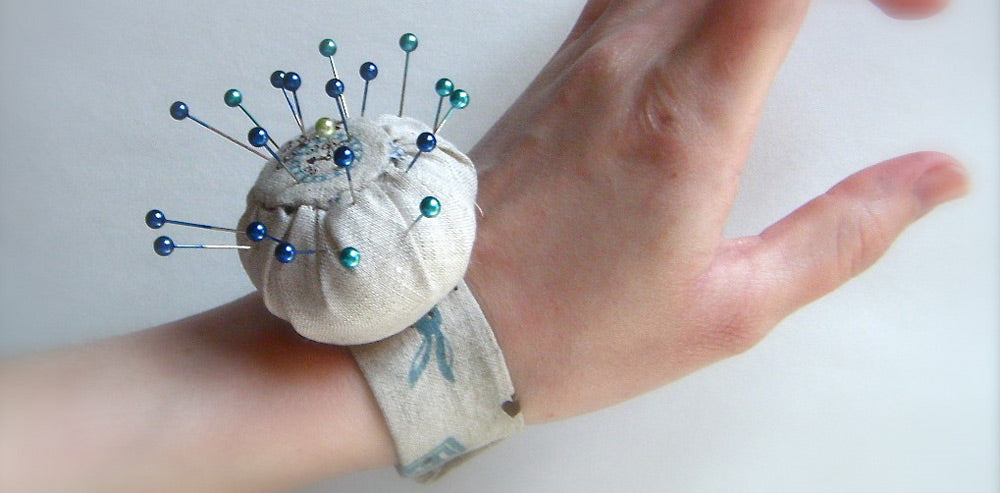Your Cart is Empty
Free Shipping On All Orders In December - No Coupon Code Necessary
Free Shipping On All Orders In December - No Coupon Code Necessary
Free Shipping On All Orders In December - No Coupon Code Necessary
Free Shipping On All Orders In December - No Coupon Code Necessary

August 29, 2017 4 min read
Sewing should be a calming experience, but you can only do it be a calm one, as far as you follow a few simple sewing safety tips. It is not a new information that the average seamstress is handling quite dangerous utensils, which include sharp cutters, electric cables, pointed pins and needles, and hot irons. Taking this into consideration, we are here to show you how to make sure you keep your sewing experience as calm and safe as you can.
How to keep calm with sewing safety
The sewing process includes cut, sew and finish. To keep your sewing room safe, you should follow some essential safety tips.
Step one: Cutting
It is a good idea to start with the rotary cutter. It is one of the most dangerous sewing utilities that you may have. It is sharp, swift and it can easily get out of control if you don’t follow some of the most important safety tips.
Step two: Sewing
This step refers to the actual process of sewing up the item you want to make. This process includes the sewing machine, pins, and needles, as well as other sharp instruments, using the hot iron, and watching your posture while you sew.
Step three: Trim and Finish
You came to the point when you need to trim your garment. This step also requires most of the safety features mentioned in the previous steps.
Conclusion
Remember that sewing safety is essential. Keeping safety in mind helps you enjoy a truly calm and pleasant sewing experience.